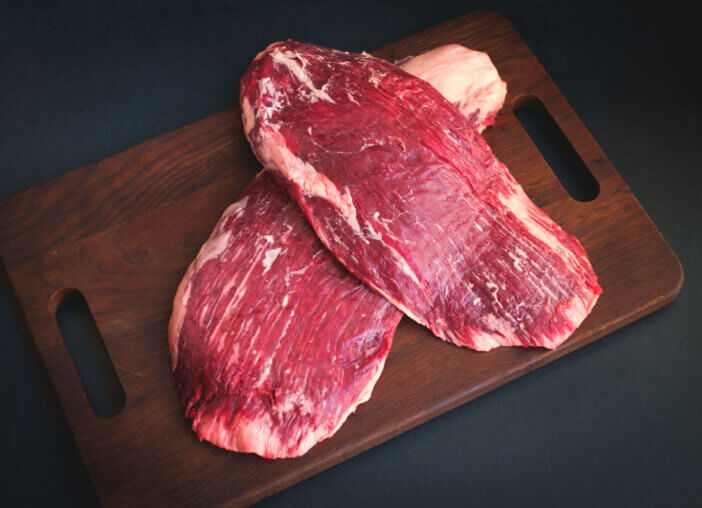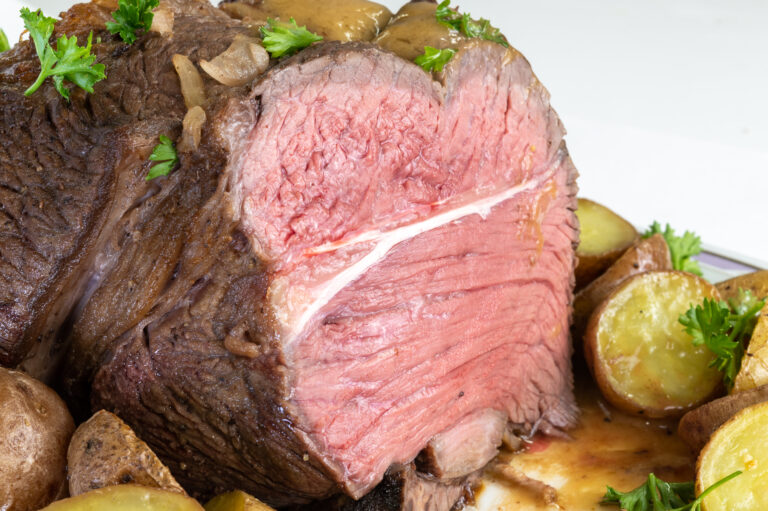4 Reasons Skirt Steak Scarcity Affects Your Search for the Perfect Cut
Skirt steak is rare due to its limited supply, rising popularity, scarcity in grocery stores, and higher prices, leading many to opt for alternative cuts like flank steak.

Embarking on a search for skirt steak can be challenging; it’s a rare and difficult-to-source cut of beef. So why is it so scarce? We’ll delve into four reasons behind its rarity and how this affects your hunt for the perfect steak.
Disclosure: As an Amazon Associate, this site earns from qualifying purchases. Thank you!
1. Limited Supply

The first reason is clear: skirt steak is scarce. Unlike ground beef or other versatile cuts obtainable from multiple regions of a cow, skirt steak is exclusive to the diaphragm muscle, yielding just two per animal — one on each side. This scarcity directly impacts its market availability, distinguishing it from plentiful cuts such as chuck or round steak.
Considering the proportion of skirt steak to a cow’s total mass, its scarcity is understandable. Cows weigh approximately 1,000 to 1,500 pounds, yet the pair of skirt steaks amount to barely 10 pounds—less than 1% of the cow’s weight. This scant yield explains the relative rarity of skirt steak compared to other beef cuts.
2. Increasing Popularity

Once the butcher’s best-kept secret, skirt steak has surged in popularity as food aficionados and home chefs alike have come to cherish its hearty flavor and adaptability. This choice cut now stars in a diverse array of culinary creations, from fajitas and stir-fries to Brazilian churrasco and Philly cheesesteaks, underscoring its wide-ranging appeal and increasing demand.
Skirt steak distinguishes itself with a robust flavor, surpassing many alternatives in its deep, beefy essence. Its ample marbling enhances both juiciness and tenderness when expertly prepared, contributing to its growing preference and consequent demand. Yet, as supply struggles to match its burgeoning acclaim, skirt steak has emerged as a sought-after delicacy in the meat industry.
3. Difficulty in Finding Grocery Stores

Many of us have walked down the meat aisle at our local grocery store, only to find the spot where skirt steak should be glaringly empty. It’s not uncommon to find stores frequently sold out or carrying limited stock due to the reasons we’ve discussed above. And when it is available, it often flies off the shelves quickly due to its burgeoning popularity.
When you do find skirt steak at a grocery store, you might notice that it comes with a higher price tag. Its growing demand and limited supply have caused prices to increase, making it a premium product. Some stores also offer pre-marinated options, which can be even pricier. However, these ready-to-cook options can save you time and introduce you to new flavor profiles.
4. Alternative Cuts

Given the scarcity and price of skirt steak, many consumers and even restaurants resort to alternative cuts. Flank steak is one such substitute. Like skirt steak, flank steak is lean and flavorful. It’s also more widely available and usually cheaper, making it an attractive alternative.
Flank steak serves as a viable alternative; however, skirt steak is typically leaner and more elongated, boasting a pronounced, robust beef flavor due to its marbling. Conversely, flank steak is generally broader and thicker, with a subtler taste. Though these cuts are often interchangeable in recipes, variations in texture and flavor could slightly modify the end product.






